Have you ever wondered whether the birds you see flying in your backyard can change their gender? Miraculously, certain birds can change their gender. However, doing so is incredibly rare, and most bird species cannot change from male to female and vice versa.
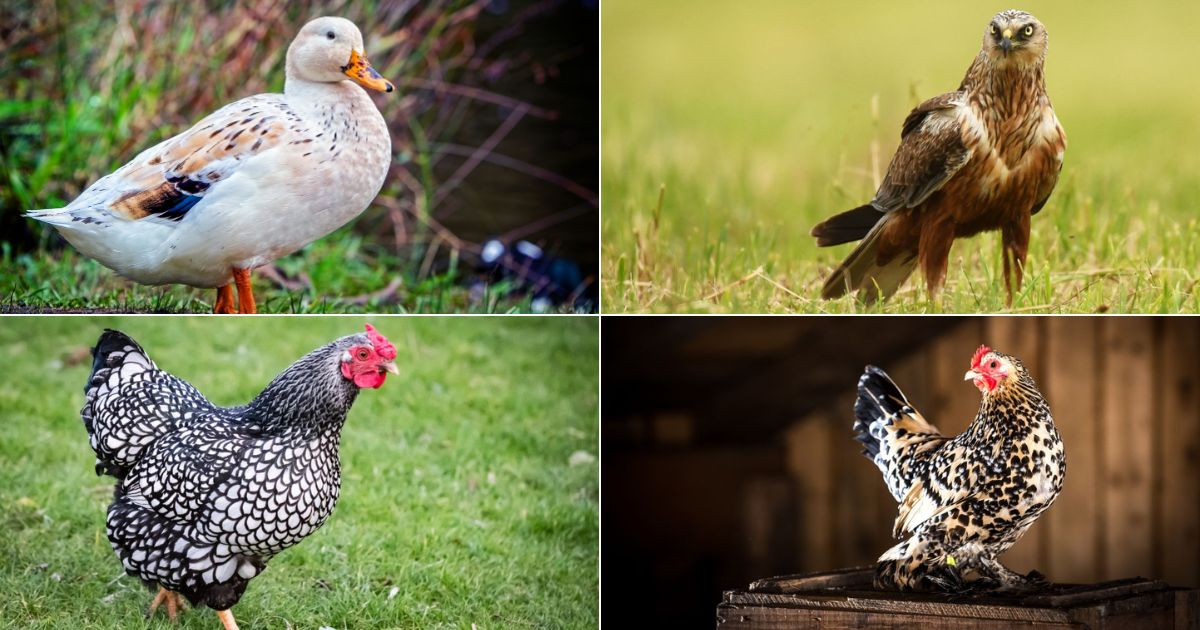
Would you like to learn which birds can change their gender? And why do these birds transition to the opposite sex? Keep reading to find out!
Contents
So, Which Birds Can Change Gender?
The typical birds that can change their gender include Welsh Harlequin ducks, Mandarin ducks, silver-laced Wyandotte hens, Bantam hens, and Marsh Harriers. Research shows that the females in many of these bird species have changed their sexual characteristics to become male.
Welsh Harlequin Ducks
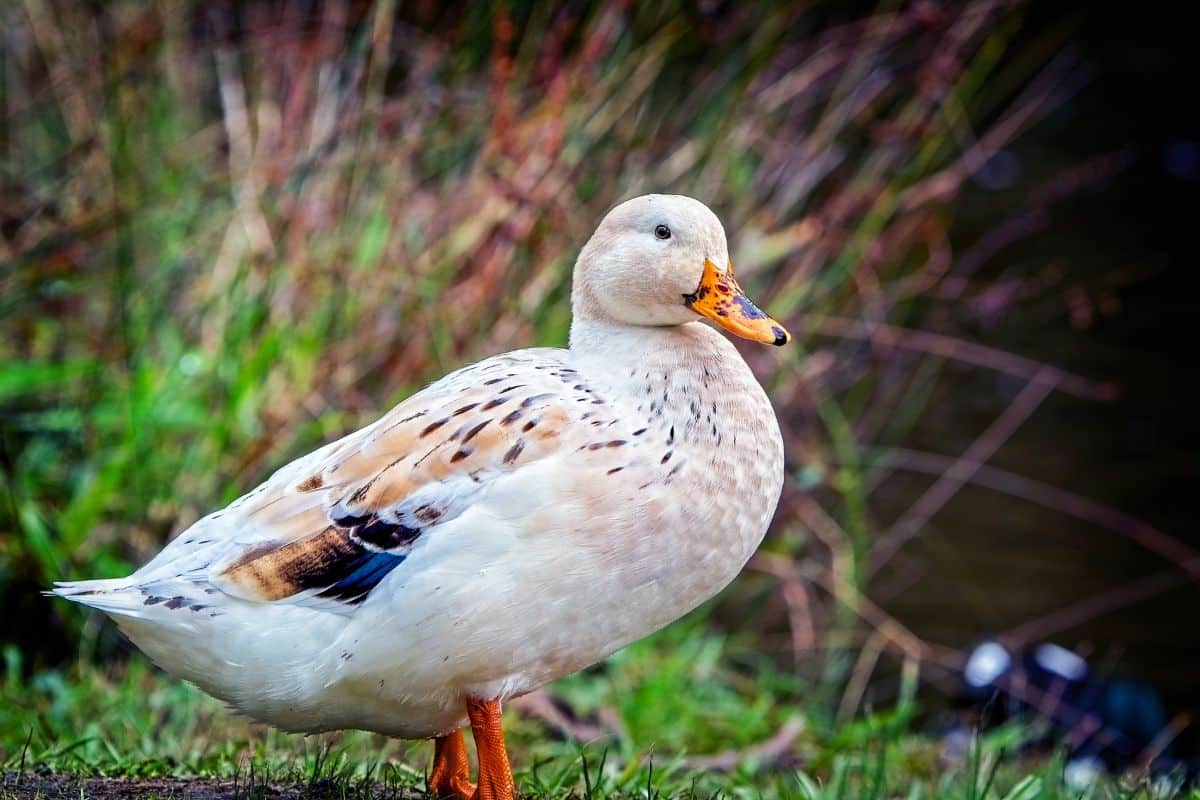
The Welsh Harlequin ducks are a form of Mallard duck that produce many eggs throughout the year. When a female undergoes a sex change, some of the new characteristics she takes on to become male include:
- The feathers on her head turn a bright green
- Her feet and legs turn into a more orange color
- The feathers on her tail turn curly similar to a male duck’s tail feathers
These ducks can also have different behaviors and may start fighting other male ducks in their group. The female Mandarin duck has also shown that it can grow male feathers.
Silver-Laced Wyandotte Hens
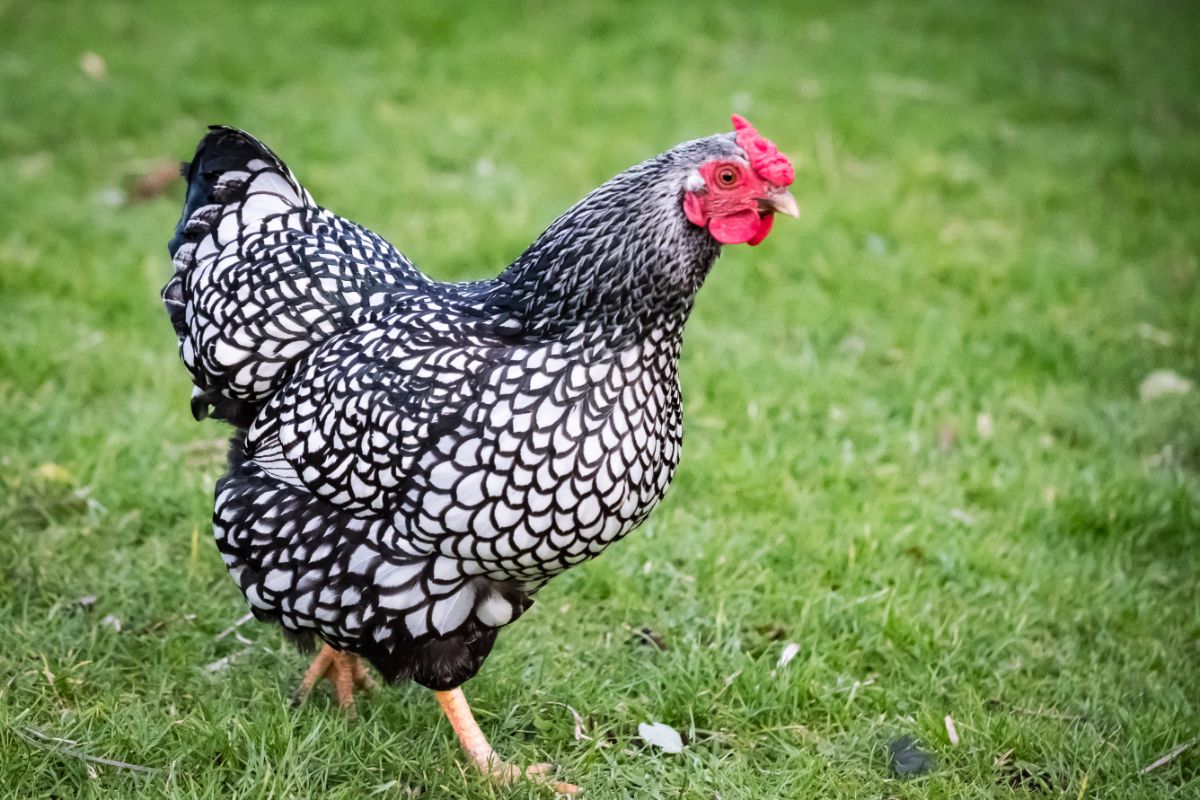
Only about one out of 10,000 fowls can change gender. However, farmers and pet owners have seen that when they remove a rooster from a pack of Silver-laced Wyandotte hens, one hen can begin crowing and trying to mate with other hens. That may happen if a hen has a damaged or failing ovary.
Bantams Poultry
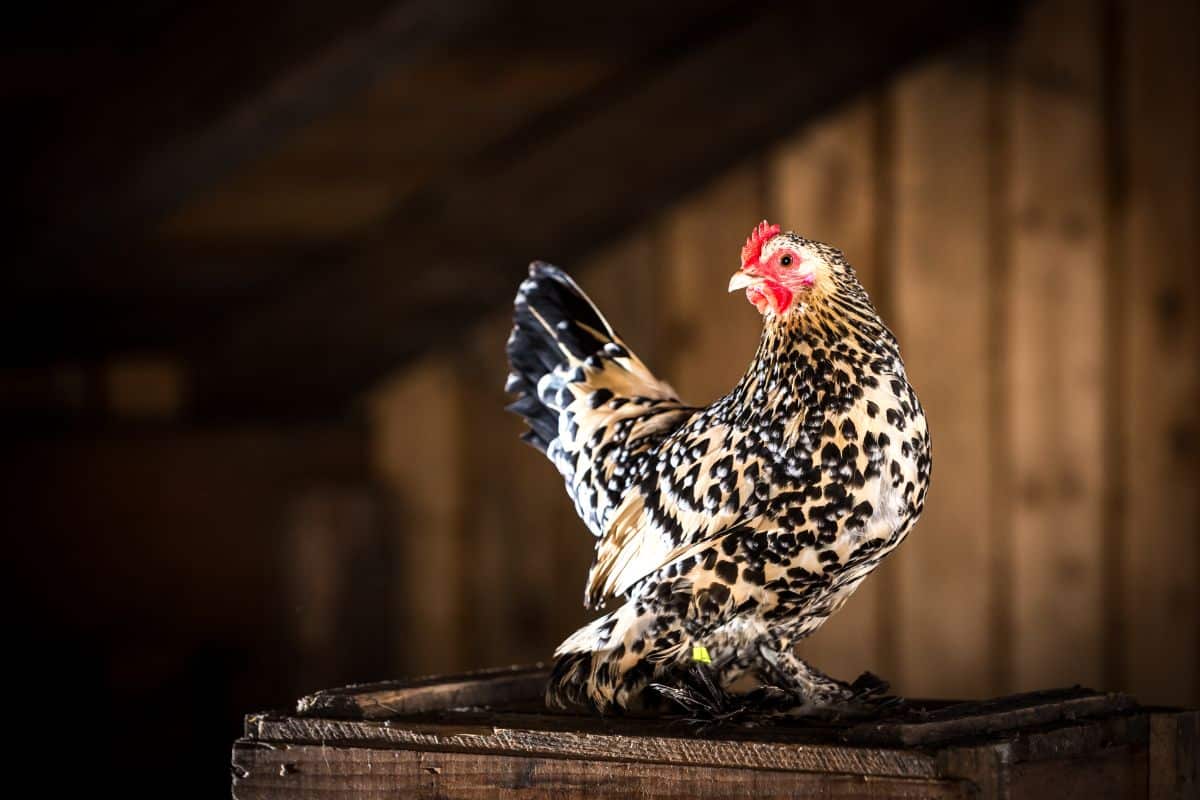
The Bantam hens are some of the most likely to change their gender out of all bird species. While the females may have laid eggs previously, they can take on the characteristics of crowing when a rooster is removed from their pen. That happens when they produce too much testosterone and/or lose an ovary.
Marsh Harriers
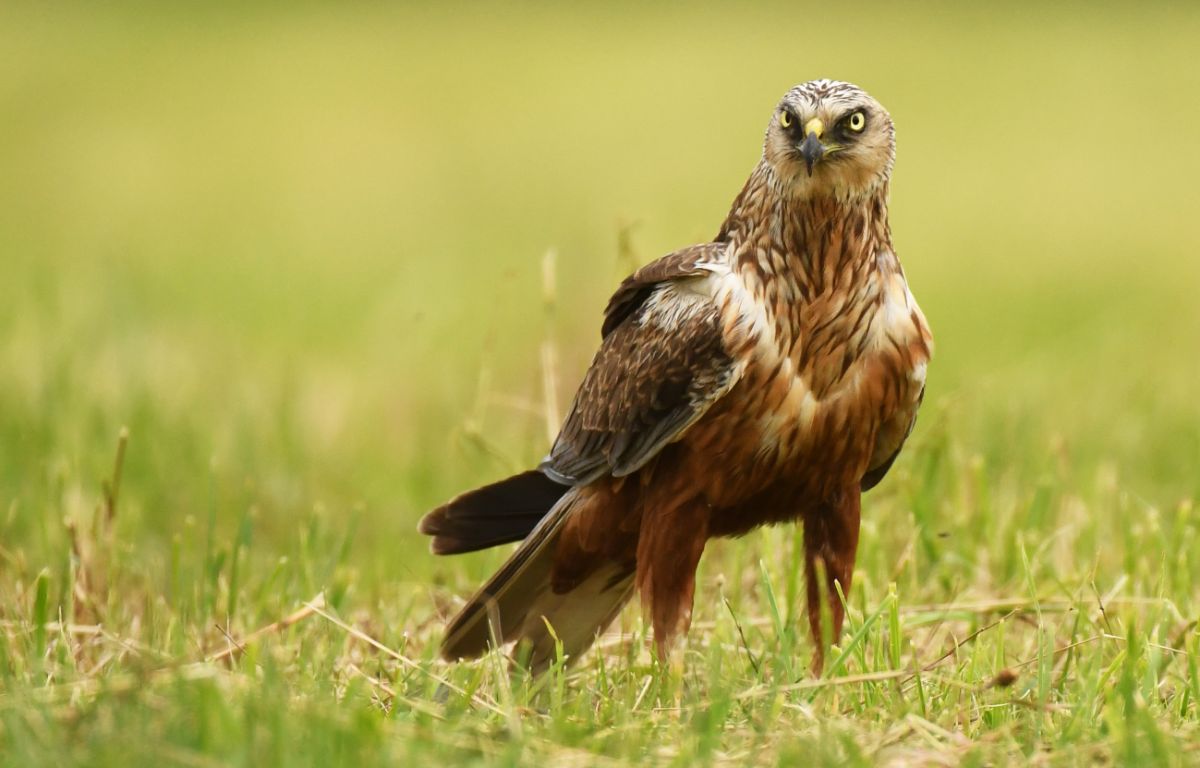
Unlike the other bird species in this list, the Marsh Harriers have the males changing into females. About 40 percent of male Marsh Harriers change their look to resemble the females. That happens within two years after birth. You’ll see the bird transform its gray feathers to brown. However, they cannot change their size to match the larger females.
Five Surprising Facts About Bird Gender and the Ability to Change Gender
Five of the most surprising facts about birds and their gender include
- Males grow colorful plumage to attract female birds
- Ovary failure stimulates gender changes
- Female ducks can grow male sexual organs
- Hormonal imbalances may change a bird’s gender
- Male Cardinal birds turn red due to the food they eat
Males Have Colorful Plumage
Evolutionary principles from Charles Darwin show that males produce colorful plumage and feathers to attract female birds. Females have the responsibility of picking the best males to mate with.
The vivid plumage is often accompanied by the male bird strutting around. Male peacocks are the best example of these colorful feathers, while females remain grey-colored.
Ovary Failure Leads to Gender Changes
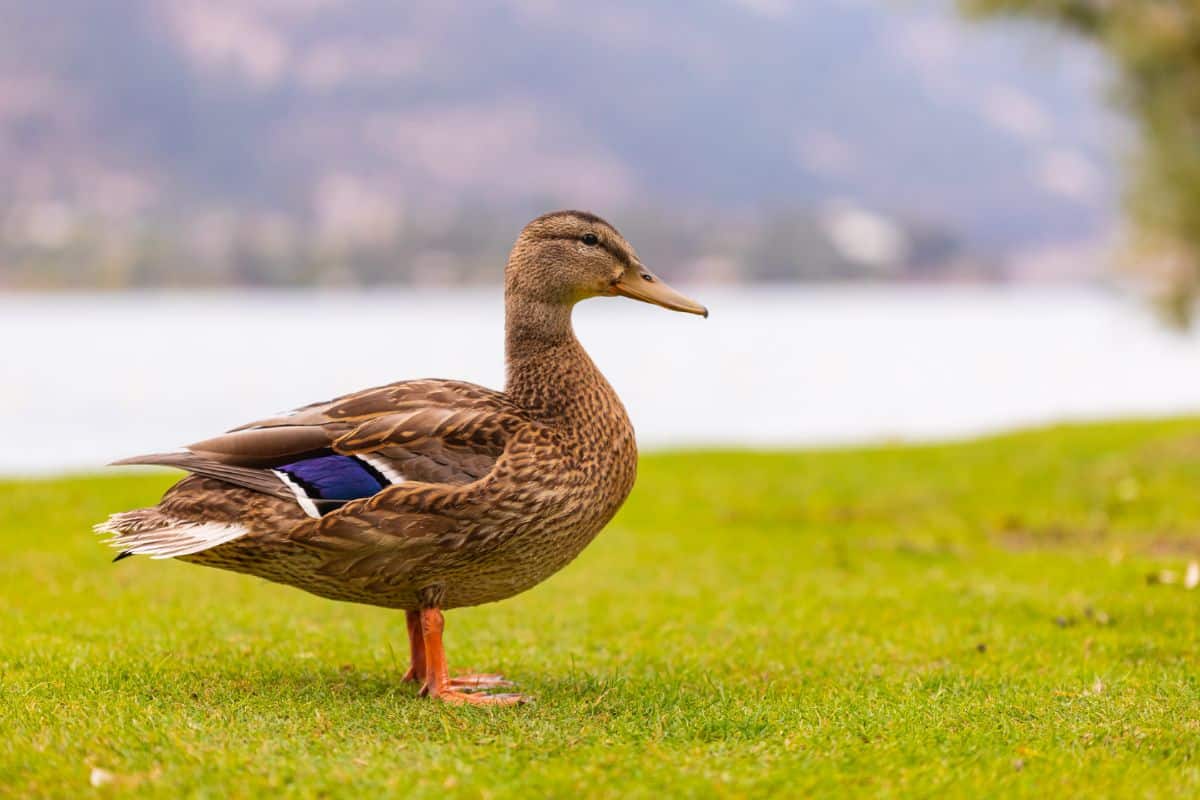
Ducks can change their gender when females experience an ovary loss or failure. Ducks have only one ovary, and its loss means the duck cannot produce any more estrogen. Therefore, the testosterone produced by the duck takes over and changes the duck’s gender.
Ducks With Ovary Failure May Grow Male Sexual Organs
If a duck loses its one ovary, the female may start growing sexual organs due to the stoppage of estrogen production. The vestigial ovary can even turn into a testis. The sperm in the testis is often fertile, which means the formerly female duck can mate with and impregnate other female ducks.
Hormonal Imbalances in Ducks May Lead to a Gender Change
Hormonal imbalances with too little estrogen production can also lead a female to turn into a male drake. Upon birth, all female ducks produce some testosterone, but the functioning ovary keeps the male characteristics from coming out. However, an underdeveloped ovary or one that fails to produce enough estrogen can lead a female to start exhibiting male features.
The Foods Male Cardinal Birds Eat Impact Their Color
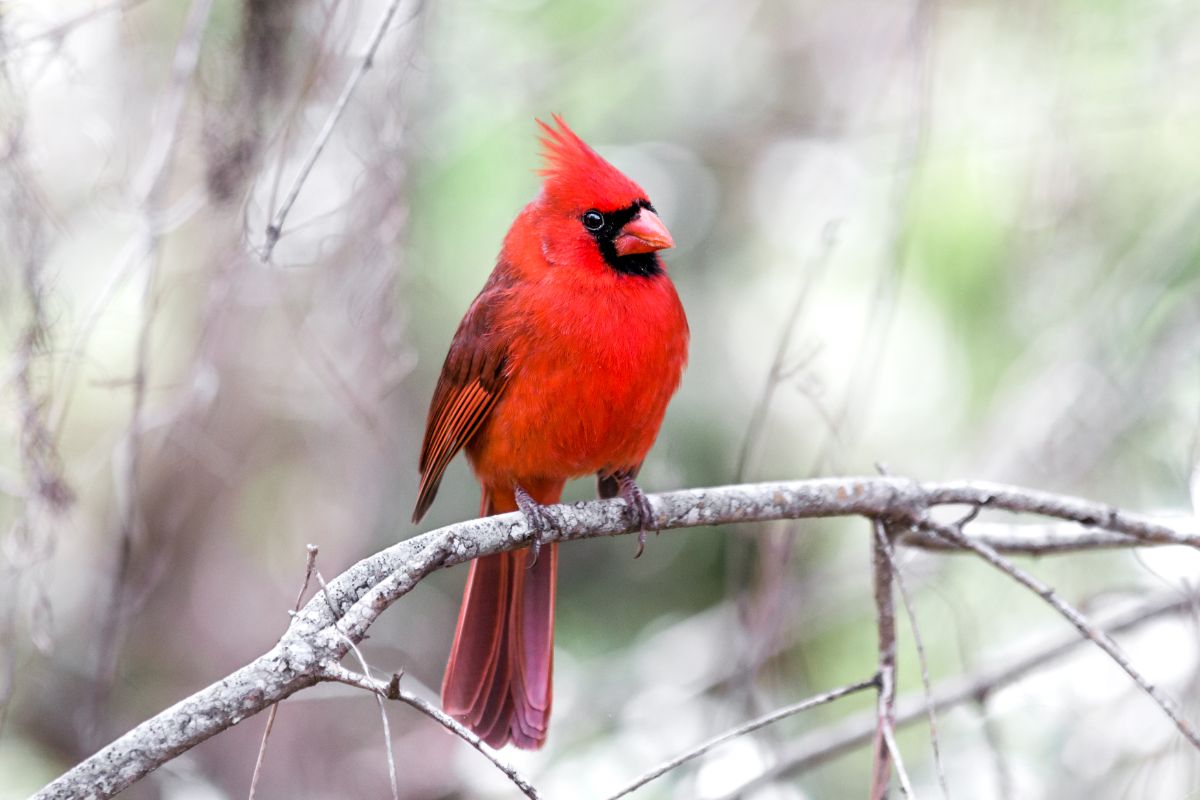
Male Cardinal birds have a diet filled with carotenoids. The foods that these birds eat make their plumage and feathers a red color. Their feather structure includes carotenoids that display a red pigment.
Wrap Up
While rare, birds of several different species can change their gender. Many ducks and hens have changed their gender due to failing ovaries or hormonal imbalances. Often, the colorful plumage seen in males can happen in female birds when the animal begins producing higher levels of testosterone as compared to estrogen. The animal kingdom is truly miraculous.
